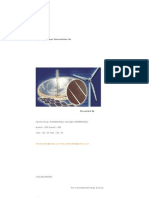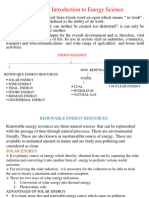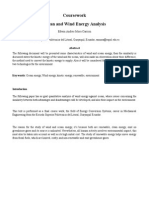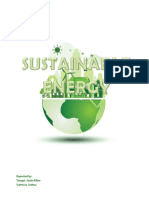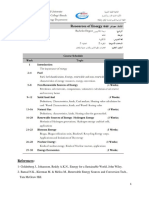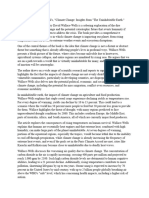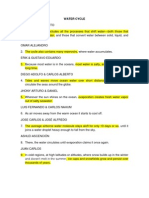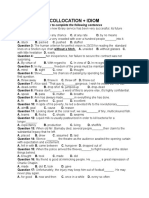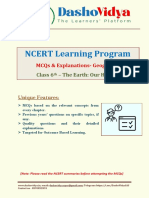0% found this document useful (0 votes)
30 views43 pagesModule 2
The document discusses various renewable energy sources, including solar, wind, tidal, and ocean thermal energy, highlighting their applications, advantages, and disadvantages. It also covers hydrogen as a clean fuel and the importance of natural resource management for sustainability. Additionally, it addresses disaster management in India, particularly in response to natural disasters, and includes a case study of a flood event in Leh, Ladakh.
Uploaded by
PramukhBabuCopyright
© © All Rights Reserved
We take content rights seriously. If you suspect this is your content, claim it here.
Available Formats
Download as PPTX, PDF, TXT or read online on Scribd
0% found this document useful (0 votes)
30 views43 pagesModule 2
The document discusses various renewable energy sources, including solar, wind, tidal, and ocean thermal energy, highlighting their applications, advantages, and disadvantages. It also covers hydrogen as a clean fuel and the importance of natural resource management for sustainability. Additionally, it addresses disaster management in India, particularly in response to natural disasters, and includes a case study of a flood event in Leh, Ladakh.
Uploaded by
PramukhBabuCopyright
© © All Rights Reserved
We take content rights seriously. If you suspect this is your content, claim it here.
Available Formats
Download as PPTX, PDF, TXT or read online on Scribd
/ 43






